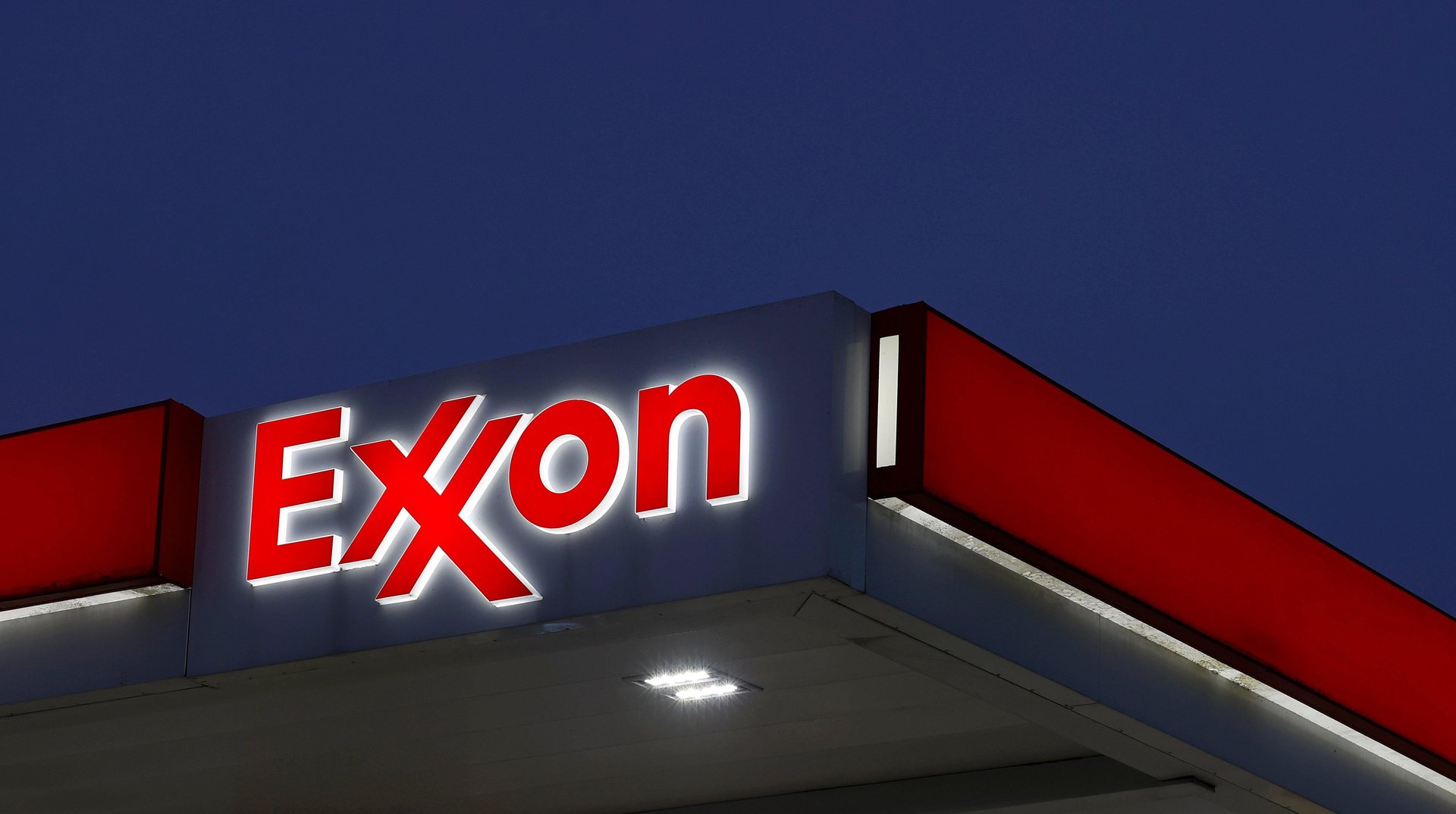ExxonMobil's earnings reveal record crude production
The company's earnings statement said it was bringing up 4.1 million barrels a day

ExxonMobil presented its second-quarter earnings Friday. Profits and revenues are both higher than they were the same time last year, with the oil giant clearing $9.2 billion on a $93 billion bottom line (up 17% and 12% respectively). Fueling all that cash is record oil production — including from a Caribbean claim that has the company tied up in legal proceedings with its biggest rival.
Suggested Reading
“We delivered our second-highest 2Q earnings of the past decade as we continue to improve the fundamental earnings power of the company,” CEO Darren Woods said in a statement accompanying the numbers, which noted that Exxon was pumping 4.1 million barrels of crude-equivalents a day. “We achieved record quarterly production from our low-cost-of-supply Permian and Guyana assets, with the highest oil production since the Exxon and Mobil merger.”
Related Content
That Guyanese project, the Stabroek Block, was first drilled in 2015, and has since been discovered to hold nearly $1 trillion in oil. A Bloomberg Markets magazine story reveals that Exxon nearly walked away from the project, fearing that the trouble of getting to the crude it held — more than a mile under the sea and costing as much as $1 million a day to reach — would be more trouble than it was worth. It even sold blocks of the project to other oil companies like Hess in exchange for them fronting some of the costs.
It turns out the Stabroek was worth way more than the trouble of digging it up. And when Exxon’s giant oil-peer Chevron closed its $53 billion acquisition of Hess earlier this year, its Stabroek stake was a huge reason for the swollen price tag. Exxon is trying to muscle Chevron out of the project, arguing in arbitration that its contract with Hess gave it first dibs in the event of a sale, but those proceedings are ongoing. For now, though, Exxon is combining its Stabroek production with supply from its own mega-acquisition (a $60 billion absorption of Pioneer Natural Resources) to wash the world in fossil fuels.
Though the company discussed some of its efforts at breaking into less carbon-intensive energy sub-industries — lithium production, carbon capture, etc. — its financial heart and soul remains black and sticky.
“An energy-abundant future, driven by economic growth and rising levels of prosperity, creates opportunity for ExxonMobil no matter the speed or direction of the energy transition,” Woods said on the company’s earnings call.
